You May Also Like
Introduction To Air Compressors
January 06, 2015
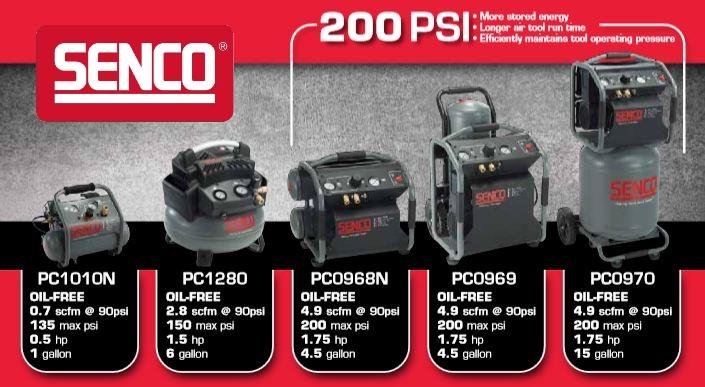
Welcome back to a new year of the Nail Gun Network! We hope you had a relaxing holiday break - but alas, it's time to get back to work. Easing into the routine swing, let's start 2015 with a breakdown and categorization of air compressors - so you can find the right compressor to handle your projects.
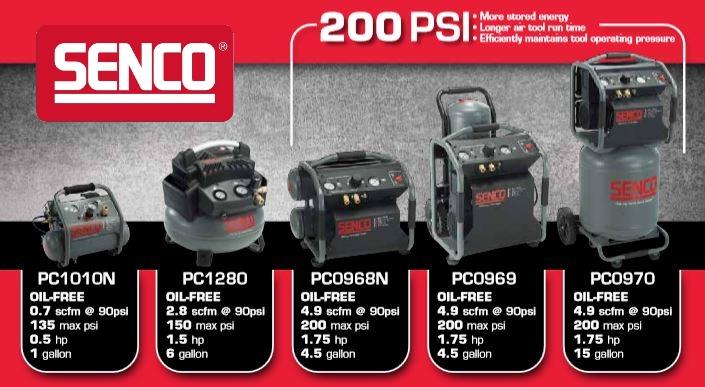
If you use pneumatic (air-powered) fastening tools, you have to use an air compressor to bring them to life. Air compressors provide power to your pneumatic nail guns, staple guns, paint sprayers, ratchets and other air-driven tools - they can also be used to inflate tires, blow dust or debris, and more. The application(s) you need an air compressor for, will determine the type of compressor you require.
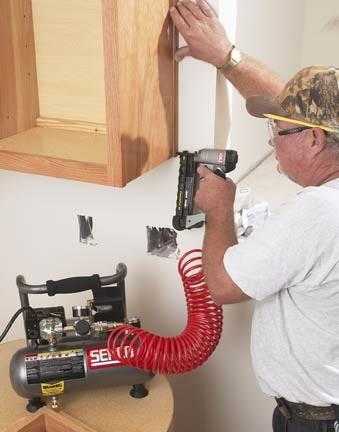
First, let's take a brief look at how an air compressor works. Air compressors feature a motor, which forces air into a storage tank. Depending on the type of compressor, a user will attach their tool(s) to the compressor via an air hose or hoses. Every time the user fires their pneumatic tool, air in the storage tank is released through the air hose - activating the tool. As the storage tank depletes its air, the motor kicks-in and returns the tank to a designated air pressure. For some compressors, such as MAX's AKHL1250E (replaced by the AKHL 1260E), an expansion tank is also available.
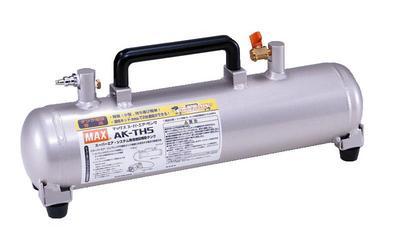
Smaller projects - with low volume use - can typically get by with a smaller, single-stage compressor. Single-stage compressors feature one-piston motors, which force air into their storage tank for consumption. As the compressor depletes its supply of air, the motor kicks back on to replenish it. These compressors are typically useful for small workshops, residential garages, or DIY applications. Because they are typically smaller in size, they are also useful for renovation and remodeling projects, where space might be limited. Keep in mind, these compressors are not designed to power multiple tools at once - or tools that require a good amount of energy to fire, such as framing nailers. Finish and trim nailers and fine wire staplers are typically intended for this type of compressor.
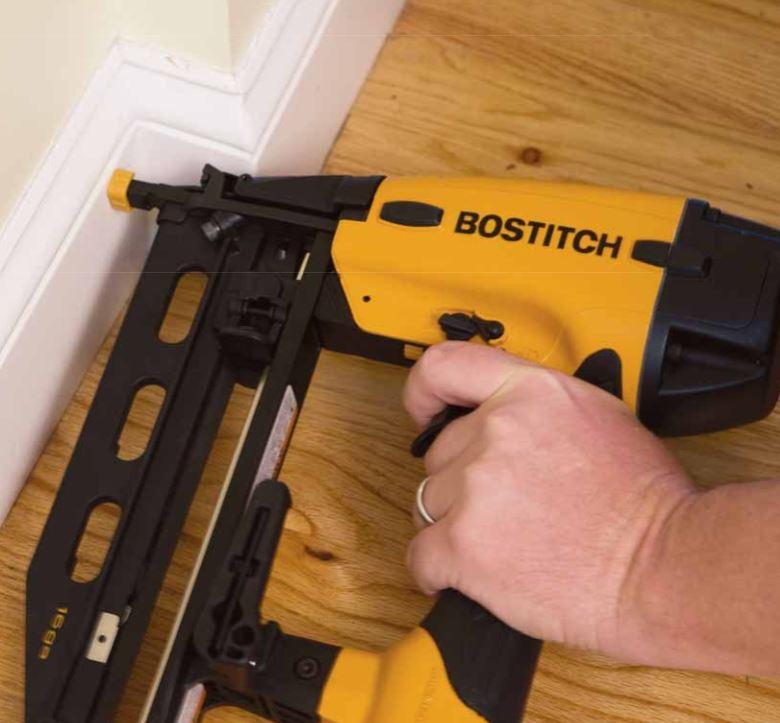
For heavy-duty applications in construction or manufacturing, such as home-building, assembly line work and more, two-stage compressors should be a better fit for use. Two-stage air compressors feature a second piston - providing quicker refill times to the storage tank. The storage tank is also typically larger in size, allowing more air to be stored during use. Two-stage compressors are also designed to power multiple tools at once - improving operation efficiency. The downside to these compressors, they typically weigh more, are more expensive, and make more noise during operation.
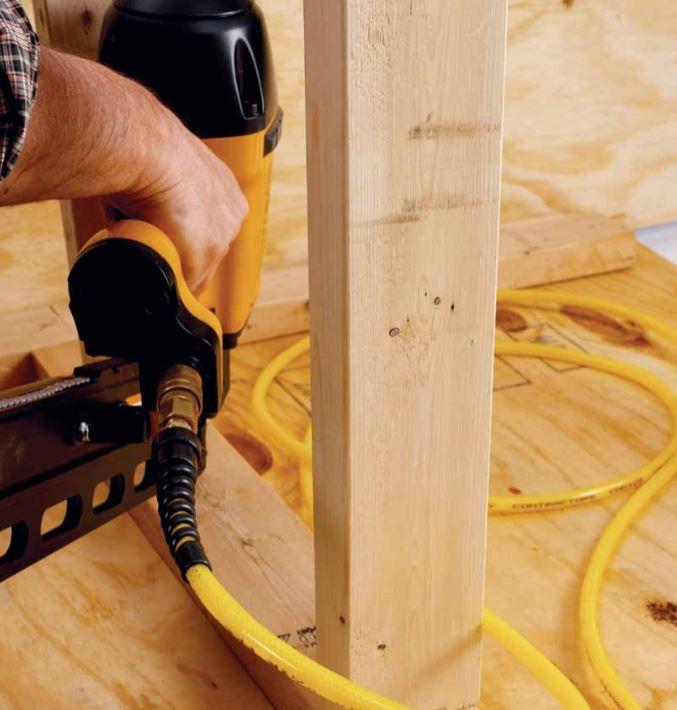
When shopping for an air compressor, consider the manufacturer required pressure for the tool(s) you are looking to power. Every manufacturer should provide the CFM and PSI required to operate safely. The CFM or Cubic Feet per Minute determines how many tools can be run at once on an air compressor. The PSI or Pounds per Square Inch directs the maximum range of operating pressure with which an air compressor can run properly. Disregarding either of these factors can lead to permanent damage to your tools and/or air compressor - as well as possible injury to the user. When selecting an air compressor, choose a model with a higher CFM rating than the tool or tools you are planning to operate - this will allow for a margin of error.
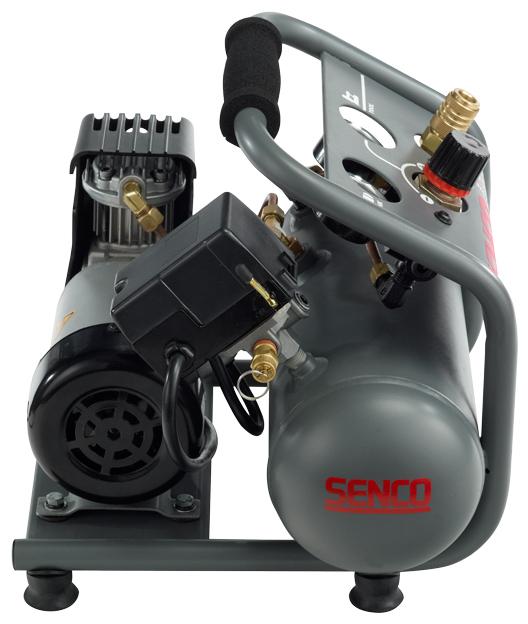
When you start shopping for a compressor, you will also notice the difference in design between certain models. Depending on your application, there are four main designs available for portable air compressors. Generally, the most basic option available, most hot dog shaped compressors have small, cylindrical tanks - this style is generally the easiest to transport, but offers the least power. Models such as the Senco PC1010 exemplify a well-built, popular compressor within this segment. Similar in size, a pancake compressor features an oblong tank that resembles the shape of a tire. Bostitch offers the BTFP02011 pancake compressor (replaced by Bostitch BTFP02012) as part of a 3-tool combo kit for finish and trim. Still capable of being carried by hand, twin-stack compressors feature two tanks (generally one above the other), which allows them to restore maximum air pressure quicker than a single-tank design, such as the hot dog or pancake. A great example of the twin-stack compressor, RolAir offers its FC2002 model - also known as "The Bull" for its rugged nature. One of the heaviest-duty designs for portable compressors, wheelbarrow compressors are too heavy to carry by hand, but feature a single-wheel design with handles - allowing this type of compressor to be rolled from jobsite to jobsite. J-Air is a reliable, popular manufacturer of this style compressor. For fixed workstations that require high-volume use, stationary compressors are also available. There is also a selection of other wheeled compressors available for heavy-duty use, that function similarly to the wheelbarrow design.
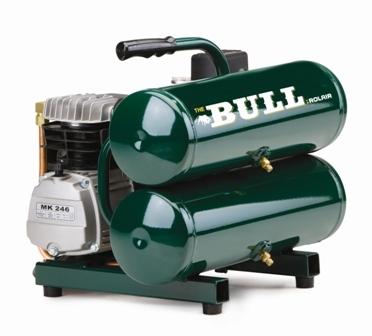
One final point to consider, determine the source of power that will work best for your compressor. For almost every hot dog, pancake or twin-stack compressor, electric power is your only available option. However, larger compressors, such as wheelbarrow models, generally are available with either the option for gasoline or electric power. Crews in new construction tend to favor gas power, as it can sometimes be hard to find electric on a jobsite. Many gas-powered compressors also feature more powerful motors. Depending on the application - and if electric is easily accessible - you might prefer the emission-free design of electric compressors though.
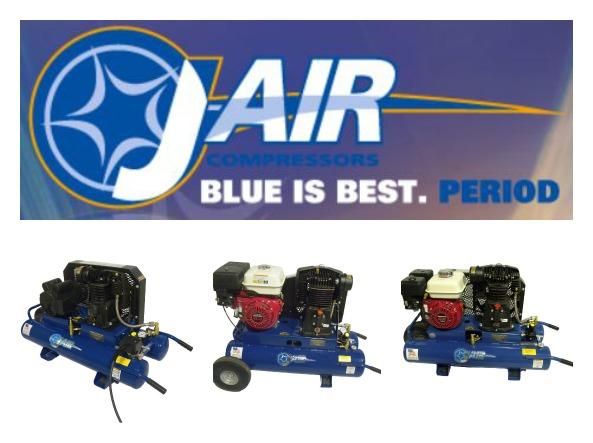
If you work in cold climates, make sure you shop for a compressor with a cold start valve. Many compressors include this feature out of the box, but if not, you could have a hard time starting your air compressor in frigid temperatures. Standard on many new compressors, an oil-free pump design reduces wear and tear maintenance. For high-volume use, check to make sure the compressor includes more than one connection for pneumatic air hoses - to ensure you can run several tools at once. Also, make sure the compressor has the proper cooling systems installed to handle the applications you plan to use it for - this will help to avoid overheating or damage to the compressor motor.
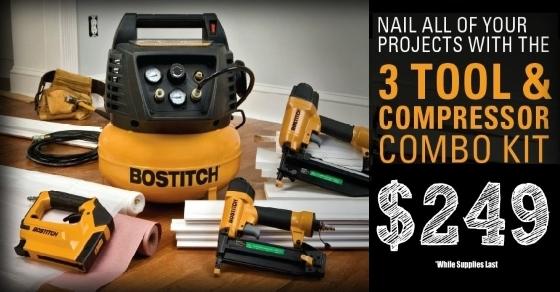
Last, but not least, consider the manufacturer of your future compressor. There are several reliable brands available, some of which we recommend, including compressors from Senco, RolAir, J-Air, MAX and Bostitch. Be sure to compare each compressor's features prior to making a purchase.
~ The Nail Gun Depot Team


